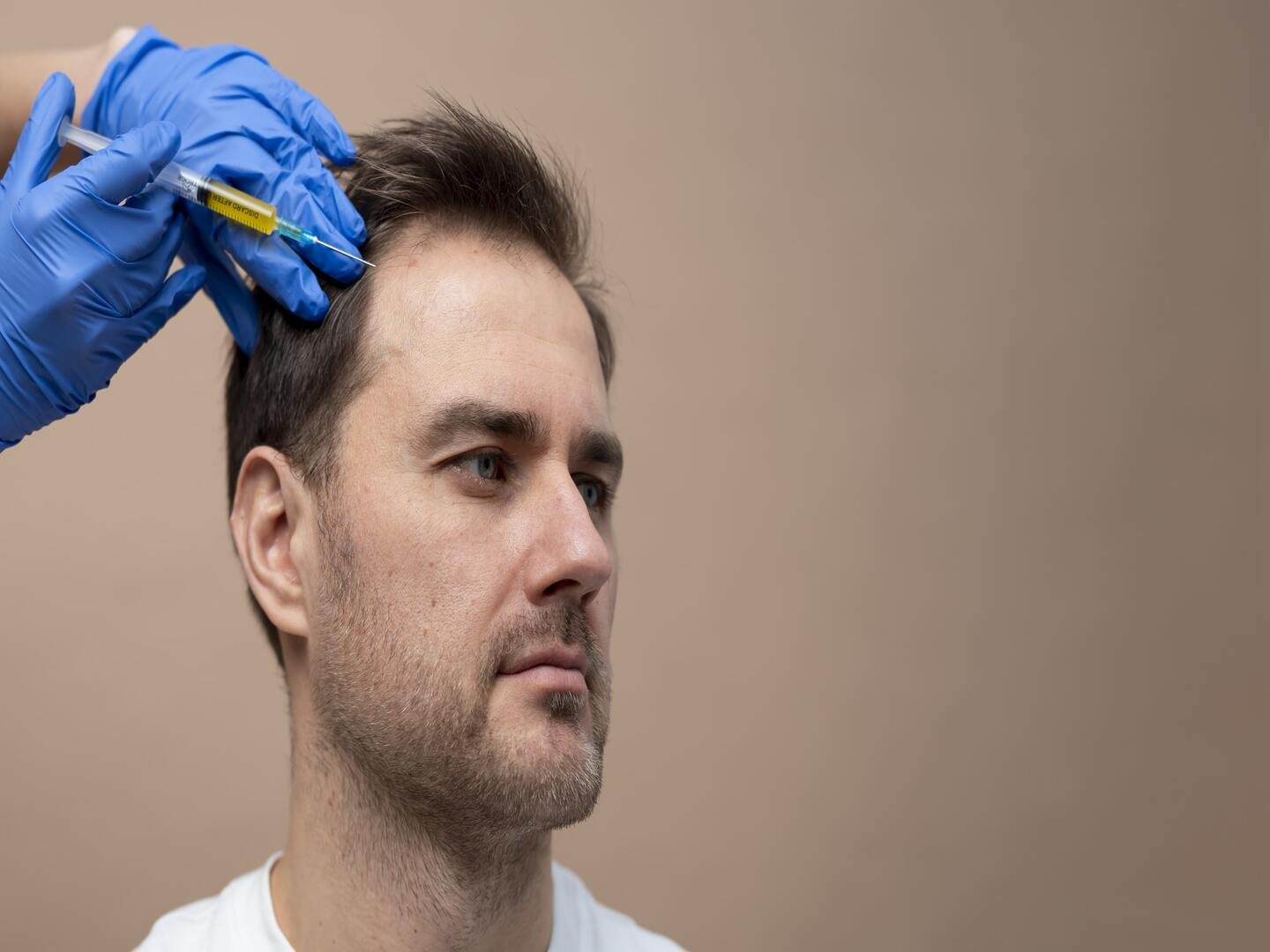Hair loss has become a common problem that affects both men and women, however it affects men more frequently. Although hair loss has always existed, its widespread prevalence in recent times is alarming.
Fortunately, in this era of advancing technology that seeks to simplify our lives, a solution exists for the pervasive problem of hair loss – PRP Hair Treatment.
As there is invariably a cause behind every problem, it is essential to investigate the underlying causes of hair loss before getting too far into the specifics of PRP hair treatment. Let’s look at the reasons for hair loss.
Causes Of Hair Loss
A person typically loses 50–100 hair strands per day. The fact that new hair is growing simultaneously usually makes this invisible. But when the new hair doesn’t grow in to replace the lost strands, significant hair loss happens. The following factors could contribute to this phenomenon.
- Family history (heredity)
- Hormonal changes and medical conditions.
- Lifestyle
- Stress
- Use of Chemical Products
- Age
We hope that after reading about the causes, you will protect the hair that is still there and take care of what’s in your hands. But what about the patch or thin hair you already have, though? Usually, we hear that if our hair loss is severe, we won’t be able to grow new hair naturally. To a certain degree, that is accurate.
But don’t panic, we have a therapy called PRP Hair therapy that will help you grow hair again if it doesn’t happen naturally.
What is PRP Hair Treatment?
PRP (Platelet-Rich Plasma) Hair Treatment is a non-surgical hair restoration procedure designed to stimulate hair growth using the patient’s blood plasma. The process involves three straightforward steps:
- As a first step, blood is usually drawn from an arm.
- The following stage involves processing the blood into a centrifuge, which separates blood into three layers: red blood cells, platelet-rich plasma, and platelet-poor plasma. The platelet-rich plasma contains concentrated growth factors and is carefully isolated from the rest of the blood components.
- The separated PRP is injected directly into the patient’s scalp and hair follicles, targeting areas where hair growth is desired.
How do PRP injections work?
The key to PRP’s effectiveness lies in activating concentrated platelets within the platelet-rich plasma. These platelets release growth factors that play a crucial role in stimulating and increasing the number of reparative cells produced by the body. This, in turn, significantly enhances the natural healing process within the targeted areas, promoting hair growth and rejuvenating existing hair follicles.
Are There Any Risks Associated With the Treatment?
There are a lot of questions about the PRP treatment. Those currently suffering from hair loss are actively looking for a safe solution. They are not ready to take any risks because they have already lost hair by investing in the wrong treatment.
Which is reasonable enough. To help you, we are here to clear your doubt about the safety of the treatment, so read on:
PRP therapy for hair loss is an easy, low-cost, non-surgical procedure that can significantly increase hair thickness and growth in addition to the following advantages:
- PRP therapy promotes natural hair growth.
- PRP targets the underlying cause of hair loss.
- PRP treatments can be Individualized.
- Hair loss treatment with PRP is convenient.
While PRP therapy for hair loss offers numerous benefits, it’s essential to note that some patients may experience mild discomfort during the injection process, including temporary swelling or redness at the injection site. However, these side effects are generally short-lived, typically subsiding within a day or two.
PRP therapy is considered a safe and effective option for addressing hair loss. Understanding both the advantages and potential side effects allows individuals to make informed decisions about whether PRP therapy aligns with their preferences and needs.
Who is PRP Treatment For?
PRP treatment, primarily known for addressing hair loss, has shown varying degrees of effectiveness across different groups. But who are the ideal candidates for this therapy to restore their lost hair? Let’s explore:
- PRP hair loss treatment is for both sexes. Many hair loss treatments are marketed toward men, but many women also experience hair loss.
- Anyone suffering from hair loss and androgenetic alopecia, commonly known as pattern baldness, is an ideal candidate for this treatment.
- This process can be useful for those who have recently started to lose hair excessively. Addressing the problem becomes more challenging the longer it goes untreated.
How Often Is PRP Treatment for Hair Loss Recommended?
The frequency of PRP (Platelet-Rich Plasma) treatments for hair loss can vary and is often determined by individual factors and the recommendation of your healthcare provider or specialist. Generally, a typical schedule for PRP treatments for hair loss may involve an initial series of sessions followed by maintenance treatments. Here are some general guidelines
- For the first three months, just one treatment per month
- After three months, one treatment
- One maintenance treatment every six months.
It’s important to remember that everyone’s response to PRP can differ. Some may require more frequent treatments, while others need fewer sessions to achieve their desired results. Your treatment plan should be as unique as you are, tailored to your specific hair loss situation and your personal goals. Your healthcare provider will work with you to determine the best approach for your needs.
Summary: If you’re dealing with thinning hair or hair loss, PRP (Platelet-Rich Plasma) therapy is what you need. This innovative treatment uses your blood, making it an exceptionally safe option for most individuals. However, a consultation with a dermatologist is essential to ensure it’s the right choice for you.
If you are looking for a trusted place for your treatment, visit Wonder Hair Implantation Clinic. Our clinic in Turkey is renowned for its expertise in hair transplants and various hair treatments.
Say goodbye to hair loss worries with the Hair Implantation Clinic.
